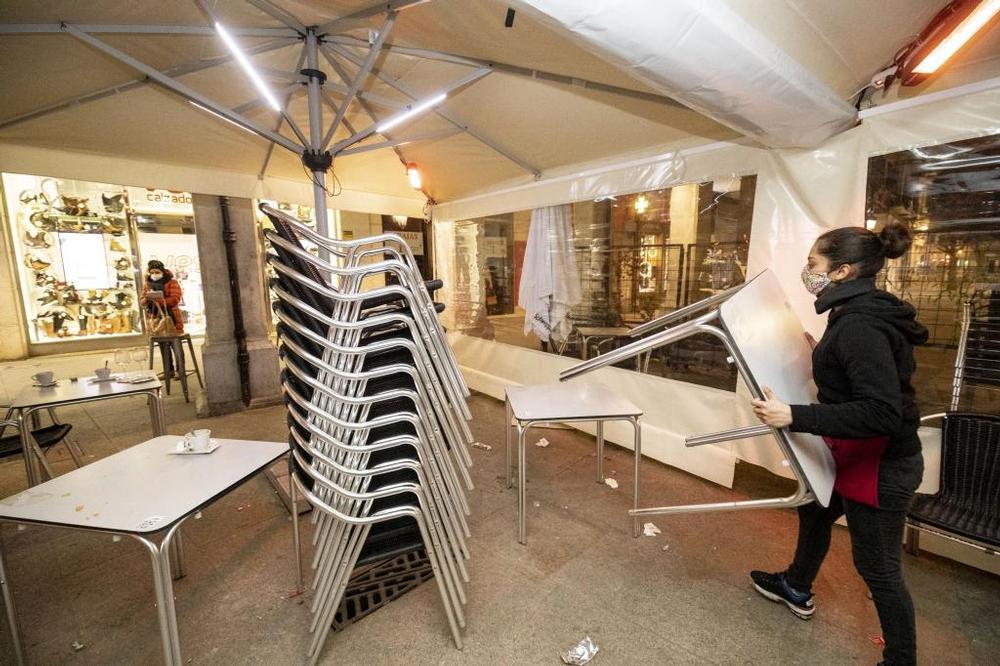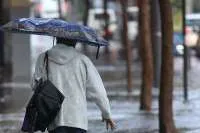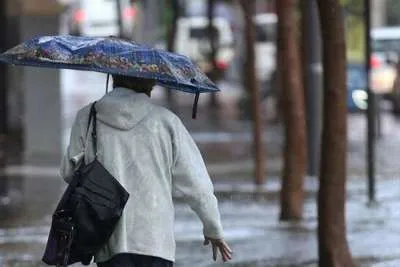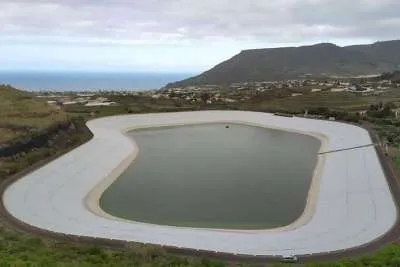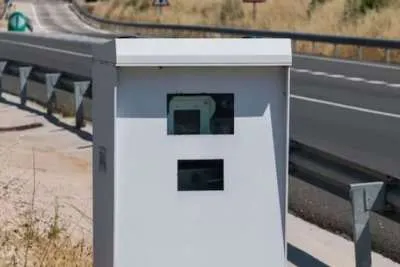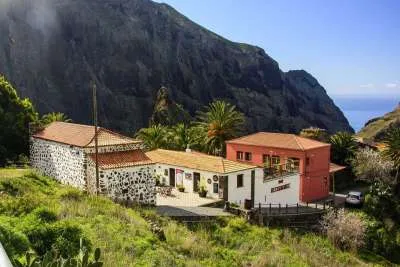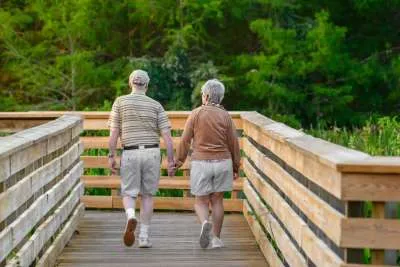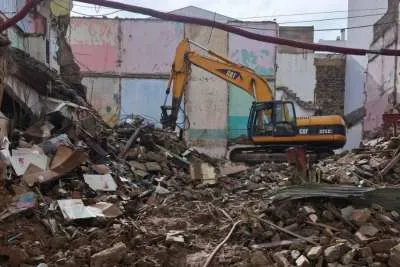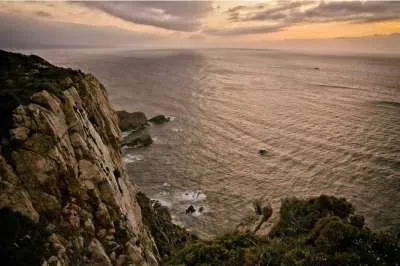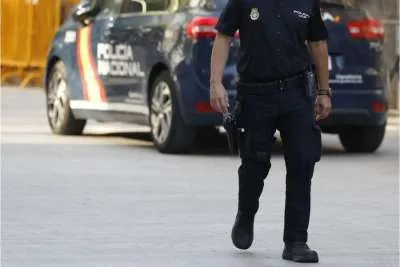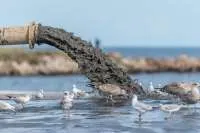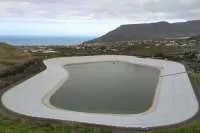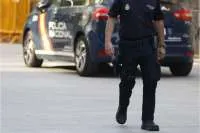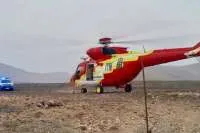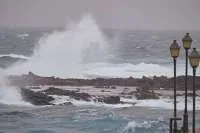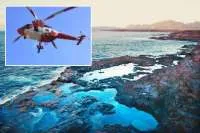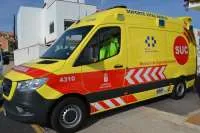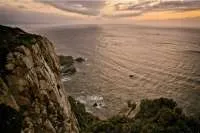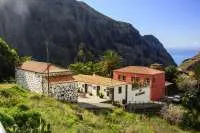ALERT LEVELS: Here is a review of each island after the Governing Council meeting
- 30-04-2021
- National
- Canarian Weekly
The Ministry of Health agreed yesterday, after the analysis of the epidemiological indicators carried out in the Governing Council, to lower the island of Gran Canaria to alert Level 2 and to that of Fuerteventura, to 1. El Hierro, Lanzarote and La Graciosa remain in Level 2, and La Palma and La Gomera, in Level 1. Here is a review of each island from yesterday’s meeting.
TENERIFE:
In addition, the Directorate General of Public Health will review the indicators for Tenerife again on Tuesday to see if it is possible to change the Level, from 3 to 2, provided that they keep improving. This means that until Tuesday, Tenerife becomes the only island with a perimeter closure, which requires a negative test to enter and exit it, and it will not be able to open the interiors of its restaurants, which is now allowed in Gran Canaria, with a capacity of 50% inside and 75% on terraces.
Changes in health alert Levels due to Covid-19 will come into effect coinciding with the weekly update of the cumulative incidence (AI) traffic light, published on the website of the Ministry of Health. This decision is based on the report issued by the General Directorate of Public Health of the Canary Health Service (SCS) dated yesterday. In the case of Tenerife, a daily average of 97 diagnoses is obtained, but the 7-day AI on this island has been decreasing to around 62 cases per 100,000 inhabitants.
The trend in incidence rate for the over 65’s is parallel and the value of the rates is higher than that of the autonomous community as a whole. There is an expectant attitude to the consolidation of the value of the 7-day AI rates, so it is proposed to continue at alert Level 3 for Tenerife, until the exam on May 4th.
GRAN CANARIA:
For Gran Canaria, the report includes that the AI indicators at 7 and 14 days are at a medium risk in the last 14 days, which means a certain stabilization of the risk of community transmission, the same as in the population of 65 or more years. The data suggests a downward evolution, with an average of 53.3 cases per 100,000 inhabitants.
Therefore, it is proposed to descend to alert Level 2. However, the report specifies that this recommendation requires the collaboration of all citizens and institutions in compliance with non-pharmacological measures, to avoid reversing this evolution and causing a rapid and uncontrollable increase in the number of cases.
FUERTEVENTURA:
With regard to Fuerteventura, a favourable trend in the indicators is confirmed, which position it at alert Level 1. The rates of AI at 7 and 14 days have remained at risk of medium transmission in the last two weeks and people aged 65 and over years have reduced to low risk levels. However, it will be necessary to exercise close vigilance in certain tourist centres of repeated non-compliance with prevention measures, which could become potential sources of transmission.
LANZAROTE and EL HIERRO:
With regard to Lanzarote, the 7-day AI rate in this period is 48.5 cases per 100,000 inhabitants and it is proposed that it remain at alert Level 2. El Hierro remains in the same situation, where in the last week there was have produced 18 new cases, with a total of 46 for the period analyzed, although the number of diagnoses in people aged 65 and over has fallen since day 22. This implies that the rates of AI at 7 days have been decreasing in the last working hours, but remaining at very high risks, not so that of 65 and over, which has declined solidly, according to the same report.
LA PALMA and LA GOMERA:
With 36 new cases in the last two weeks, La Palma registers a 7-day AI rate of 12.6 cases per 100,000 inhabitants, low risk, although in the last few days, in which 20 cases have been diagnosed, the rate has risen to medium risk. There are only two people admitted to the ICU. In La Gomera, with two new cases, there is a minimal risk of community transmission.
In the press conference after the meeting, Julio Pérez warned that the lifting of the state of alarm on May 9th, will not mean the disappearance of all restrictions: "That will not happen." The idea is to guarantee that the Canary Islands are a safe destination.


